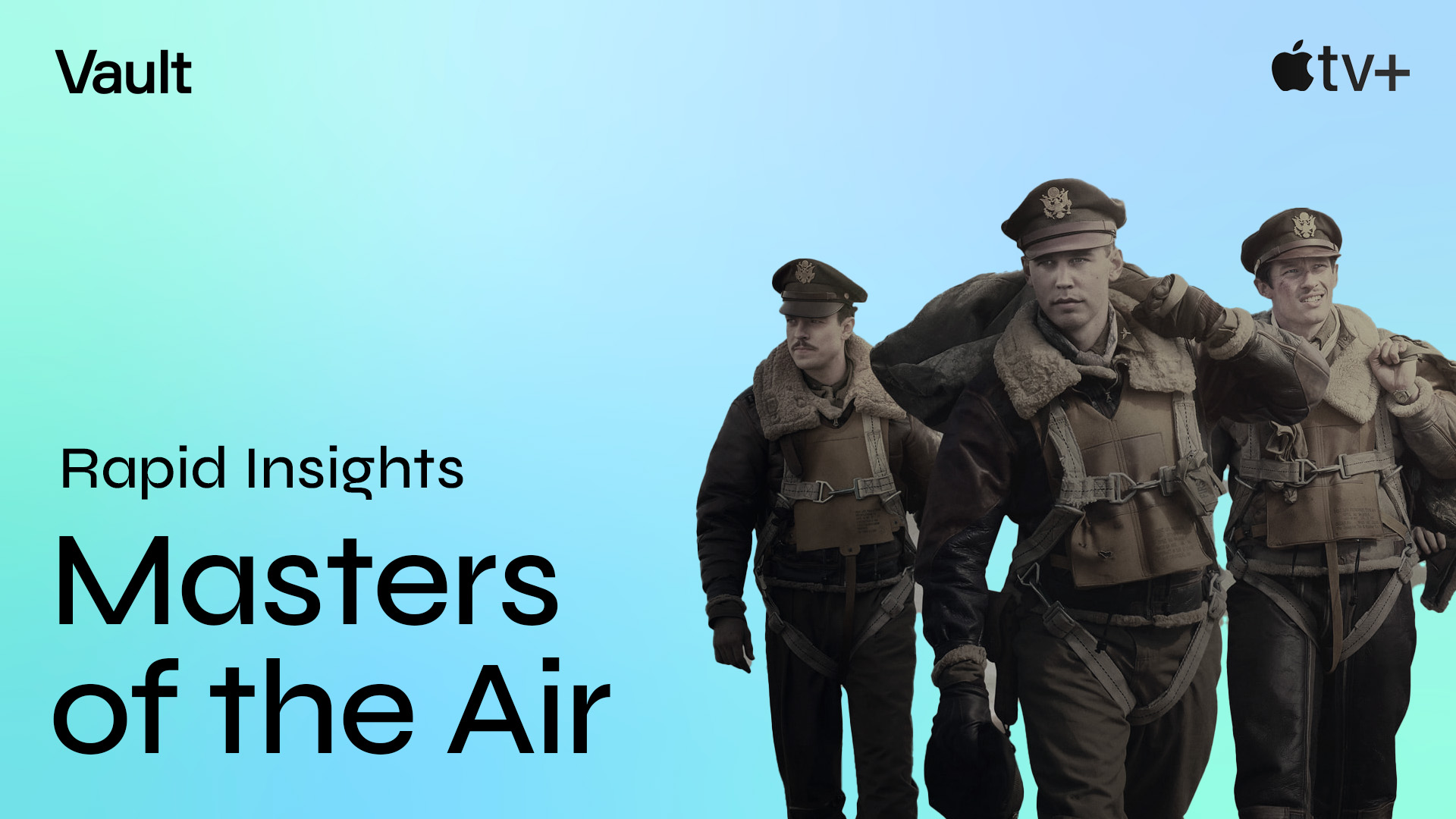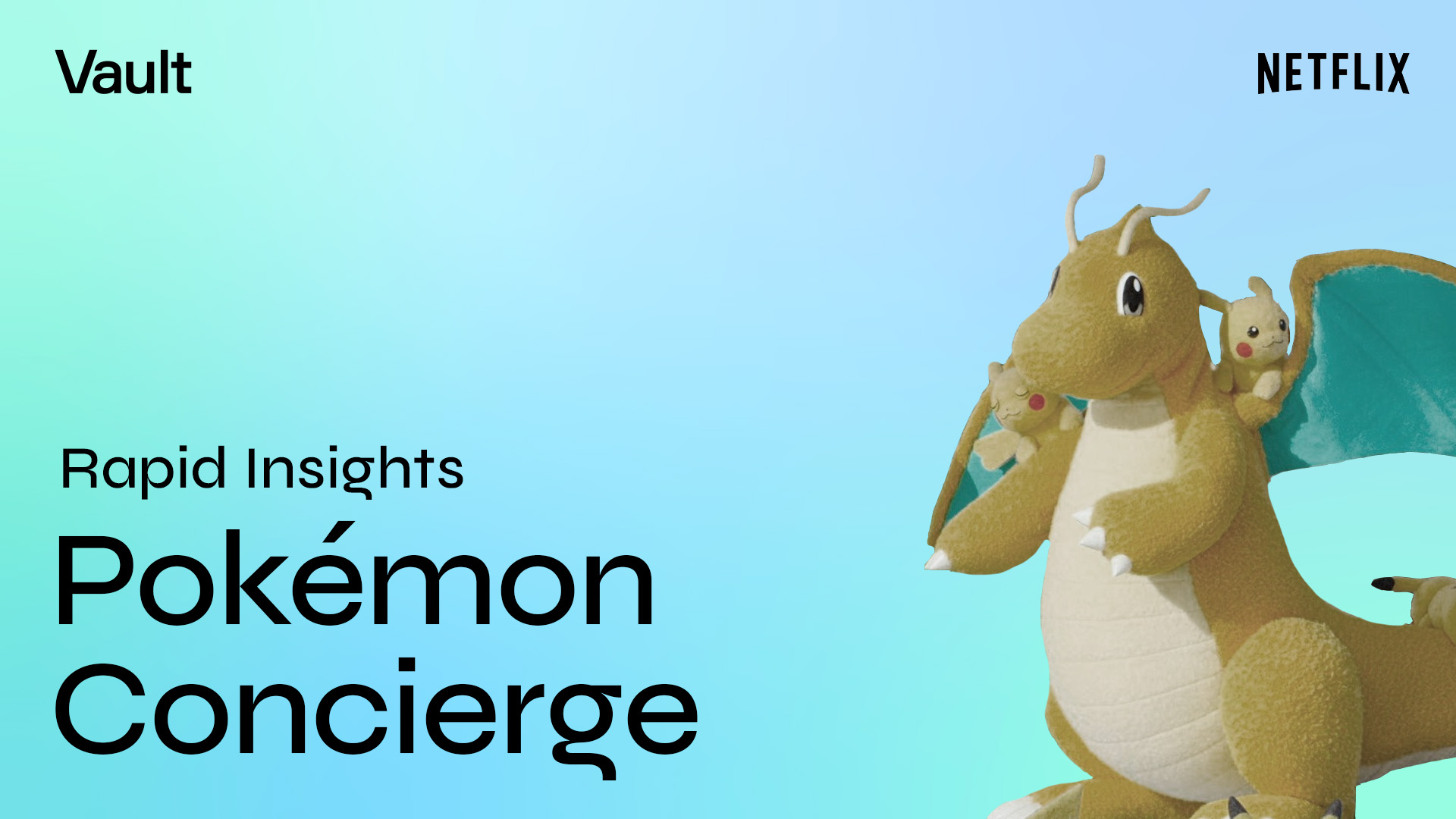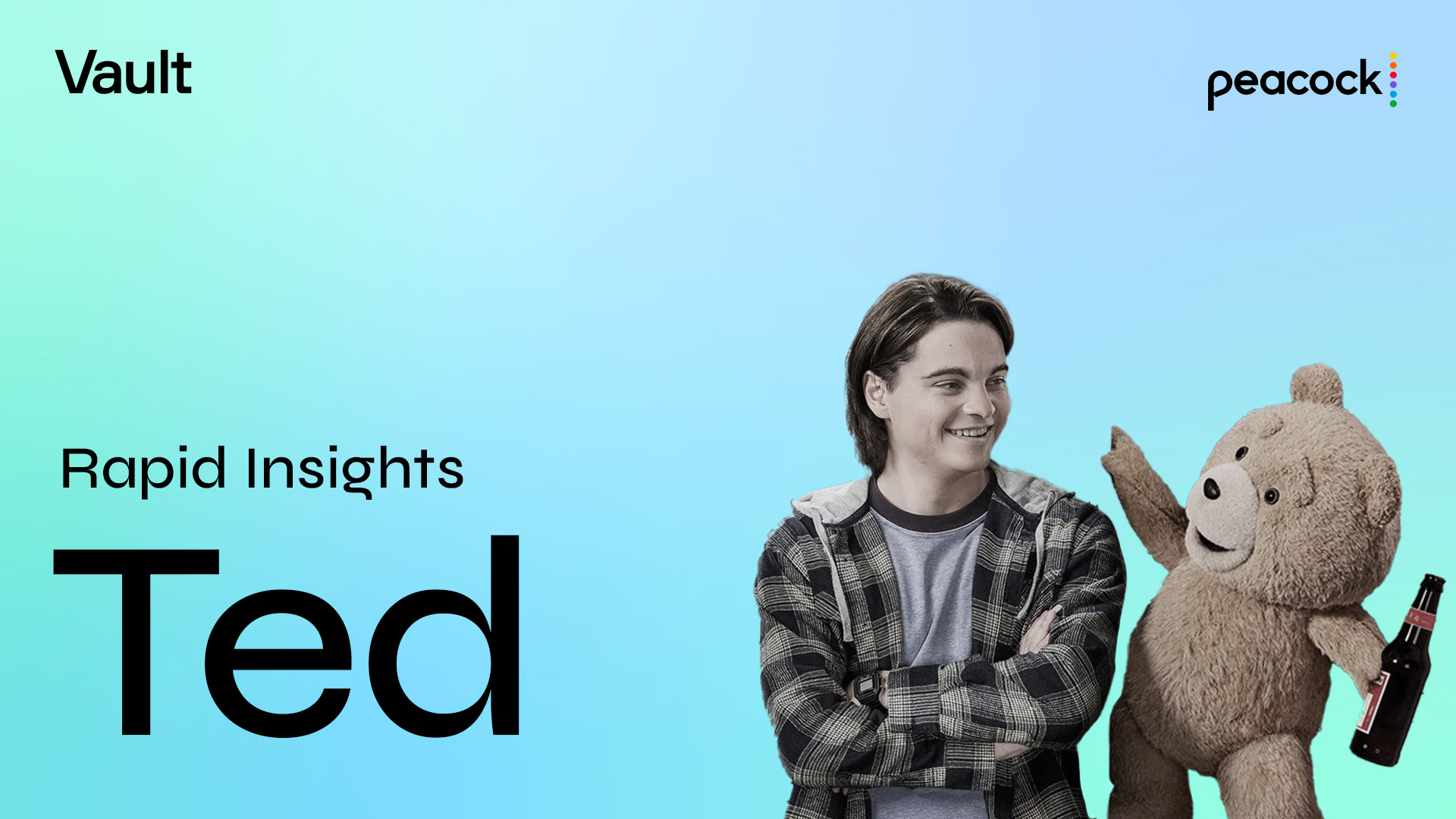Apple TV+ just premiered a buzzy new World War II-based miniseries from the producers of Band of Brothers and The Pacific (including Tom Hanks and Steven Spielberg) that serves as an effective companion piece. Starring recent Oscar nominees Austin Butler and Barry Keoghan, this new nine-part show follows a real-life aerial unit within the US Army Air Forces–nicknamed the “Bloody Hundredth” because of heavy combat losses–that heroically fought the Nazis in the skies over Europe.
Here’s what you need to know about Masters of the Air:
Vault uses index scores to describe the impact a given story/theme/element will have on specific KPIs:
≤79 Disappointing 80-89 Challenging 90-109 Average 110-119 Promising 120+ Outstanding
Who’s the main audience for this war-based action-drama?
Older men. We’re seeing a viewership that runs heavily male (72%) and heavily older (76% aged 30+), thanks both to its War (135)–Action (125) focus and online rollout. In contrast, The Pacific–which premiered when streaming was still nascent (2010)–and Band of Brothers–which predates streaming entirely (2001)–saw a more tempered gender skew (both 63% male) but a more extreme shift in age (both 94% age 35+), both due to past trends in linear cable viewing.
How does Masters of the Air compare to those previous miniseries?
It has a different emotional focus. In capturing the US Army Air Forces’ daring maneuvers in the above-ground battlefield over Europe, Masters lends its audience a sense of Awe (150) and Amazement (150) from breathtaking aerial fight sequences and impressive pinpoint aerobatics. While Band of Brothers similarly puts viewers right in the action, it takes a more visceral approach, leaning into a sense of chaos, Fear (124), and Anger (121) within a tension-filled ground assault of Army paratroopers. Meanwhile, The Pacific highlights the brutality of the Pacific Theater for three different regiments in the US Marine Corps, putting Disgust (144) and Grief (141) front and center and dwelling on the losses and casualties. In spite of these variations, however, all three series also showcase the ironclad sense of Trust and Love that develops within a brotherhood of soldiers facing a terrifying war.
What specifically about Masters of the Air is drawing people in?
The airmen’s bonds. The brotherhood and Teamwork (160) among the close-knit unit is the show’s #1 ratings driver, and their Bravery (136) and pluck (Overcoming Adversity, 150) make the characters rootworthy and sympathetic. Viewers are tuning in for the Emotional Rollercoaster (147) of their engagement in the war, with the glorious highs of their wins and the devastating lows of their losses, all faced as a team.
What will keep viewers watching throughout the show’s run?
The military history. The top drivers for Masters of the Air’s bingeability tie directly to its portrayal of real-world Military Operations (132) and aerial Battle Action (117) as well as the fact that it’s Based on a True Story (123) of the “Bloody Hundredth” 100th Bomb Group during WWII. The inspiring Leadership (130) and American Patriotism (130) demonstrated by the airmen as they face truly daunting circumstances will pull audiences into their story.
How does the show’s social buzz look?
It has seen a huge jump. Although Masters’ previous trailer drops caused only small spikes in online chatter (peaking at a promising 117), the premiere of the first episode caused the buzz level to explode and max out our social buzz meter (at 160). Viewers are primarily talking about the soldiers banding together to fight and survive.
Meet Vault GPT
Your On-Demand Content Assistant
Vault GPT leverages the power of Vault’s vast content database and insights engine to transform development, marketing and sales workflows empowering users with ondemand coverage-like-summaries and briefs combined with insights – a cutting edge new tool for today’s executive.
100% safe and secure, Vault GPT is trained on over 60,000 film and television titles from the Vault database that contain both story and performance data.
Upload anything – a book, a script, a treatment – and let Vault GPT do the heavy lifting. In less than 1hr you’ll have automated summaries giving you insights into characters, key themes, plot, and even potential taglines.
Spots are limited, join the waitlist to secure your place in line.
*Publicly released trailers for series are evaluated using Vault’s algorithms – utilizing our proprietary 120K+ story element database alongside ratings performance and other datasets – to identify unique combinations of stories, themes, characters, and genre elements that will drive success.



